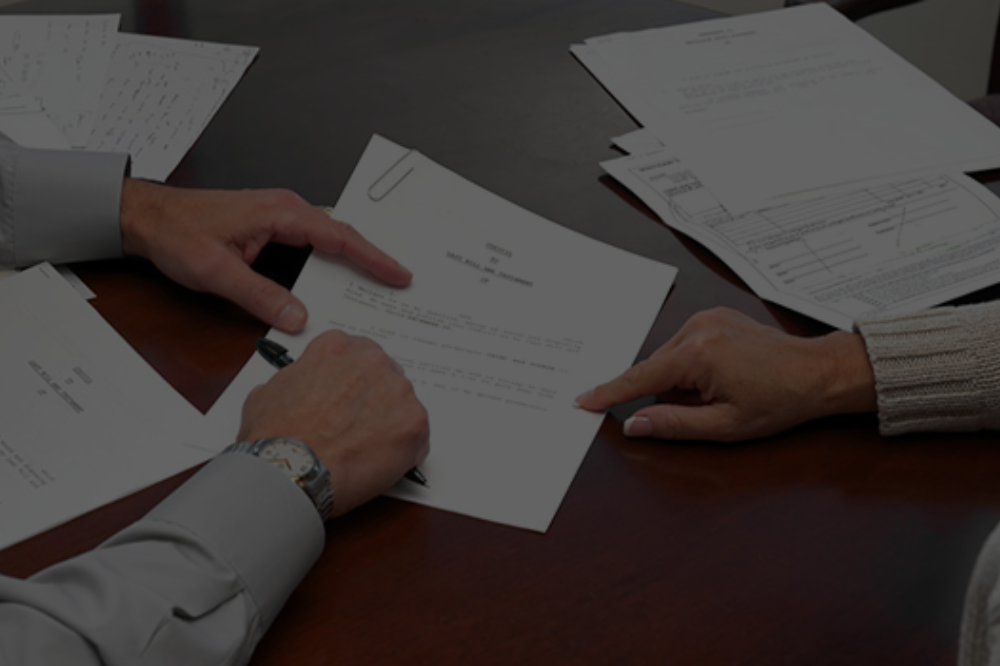Estate planning can often feel overwhelming. From trusts to wills, it often seems like there’s a whole new language to learn. One term that you may not be familiar with, but could prove critical to your estate plan, is a pour over will. While most people are familiar with traditional wills, pour over wills act as an important companion to a trust, ensuring no asset gets left behind.
If you’re curious about how a pour over will works, whether you need one, and how they differ from traditional wills, this guide will break it all down for you. By the end, you’ll have a firm understanding of how a pour over will could fit seamlessly into your estate planning strategy.
What is a Pour Over Will?
A pour over will is a legal document that works alongside a trust to ensure that any assets left outside the trust during your lifetime are “poured over” into the trust upon your death. Think of it as a safety net for anything that might have been unintentionally left out of the trust.
By having both a trust and a pour over will, you ensure that all your assets, whether intentionally or accidentally omitted, are distributed according to the terms of the trust.
This way, you maintain the peace of mind that your wishes will be carried out smoothly and comprehensively.
Why You Might Need a Pour Over Will
Even with careful planning, it’s easy to miss transferring assets into your trust. For instance, you might acquire new property or open a bank account after setting up the trust but forget to include it.
Without a pour over will, these assets may end up going through probate, a time-consuming and expensive process.
A pour over will allows any of these excluded assets to seamlessly become part of the trust upon your passing, sparing loved ones legal complications and ensuring your assets align with your estate plan.
Pour Over Will vs Traditional Will
While traditional wills are more widely understood, a pour over will is unique in its purpose. Here’s how they compare:
Traditional Will
- Directly distributes your assets to beneficiaries.
- Can be time-consuming as it typically goes through probate.
- Offers less flexibility, with the distribution set in stone upon the testator’s passing.
Pour Over Will
- Transfers any remaining assets into your trust rather than directly to beneficiaries.
- Helps assets avoid the lengthy probate process.
- Works with a trust, which can adapt over time to meet your evolving needs and wishes.
With greater flexibility, a pour over will is an incredibly useful tool, particularly for those who already have a trust in place.
Assets Covered by a Pour Over Will
One of the biggest questions people have is, “What types of assets can be transferred with a pour over will?” The good news is that a pour over will can cover virtually any asset that isn’t placed in the trust while you’re alive. This may include:
- Real estate that remains in individual ownership.
- Bank accounts not titled under the trust.
- Investment portfolios or stocks not moved into the trust.
- Personal belongings such as vehicles, jewelry, collectibles, or artwork.
The key benefit is that all these assets will eventually follow the same terms outlined in your trust, ensuring a smooth and consistent distribution to your chosen beneficiaries.
Avoiding Probate with a Pour Over Will
Probate is often a dreaded word in estate planning. It’s a public, costly, and sometimes lengthy court process used to validate a will and settle an estate. However, a pour over will serves as a mechanism to bypass probate for assets you didn’t previously transfer to your trust.
Here’s how it works:
- Any “forgotten” or excluded assets (such as a recent house purchase or new savings account) automatically flow into the trust.
- Those assets then follow the rules set within the trust, rather than going through the traditional probate process.
By reducing or entirely avoiding probate, pour over wills save both time and money for your loved ones while keeping your estate matters private.
Steps to Create a Pour Over Will
The process of creating a pour over will is straightforward but requires careful attention to detail. Follow these steps to protect your estate the right way:
1. Set up a Trust
Before creating a pour over will, you’ll need to establish a living trust. This document acts as the central tool for managing and distributing your assets. Work with an estate planning attorney to ensure your trust aligns with your goals.
2. Consult a Lawyer
Next, collaborate with a legal professional to draft your pour over will. They’ll ensure everything is properly structured and compliant with state laws.
3. Include Specific Instructions
Be thorough in your pour over will. Specify what should happen to assets transferred into the trust and ensure the instructions match your greater estate planning strategy.
4. Regularly Update Your Documents
Estate planning is never a one-and-done process. Whenever you gain new assets or make life changes, revisit your trust and pour over will to make updates.
5. Communicate Your Plans
While it’s not required, openly discussing your estate plans with family can minimize confusion and disagreements down the road.
Taking these steps ensures your assets are secure, your loved ones are supported, and your final wishes are respected.
A Smart Addition to Your Estate Plan!
For many, a pour over will is the ideal complement to a well-prepared trust. It provides the peace of mind that no asset will inadvertently be left behind or subjected to probate.
If estate planning feels like a daunting topic, don’t worry. By working with an experienced estate planning professional, you can tailor a strategy that meets your specific needs and goals. Begin today and safeguard your legacy for the future.

